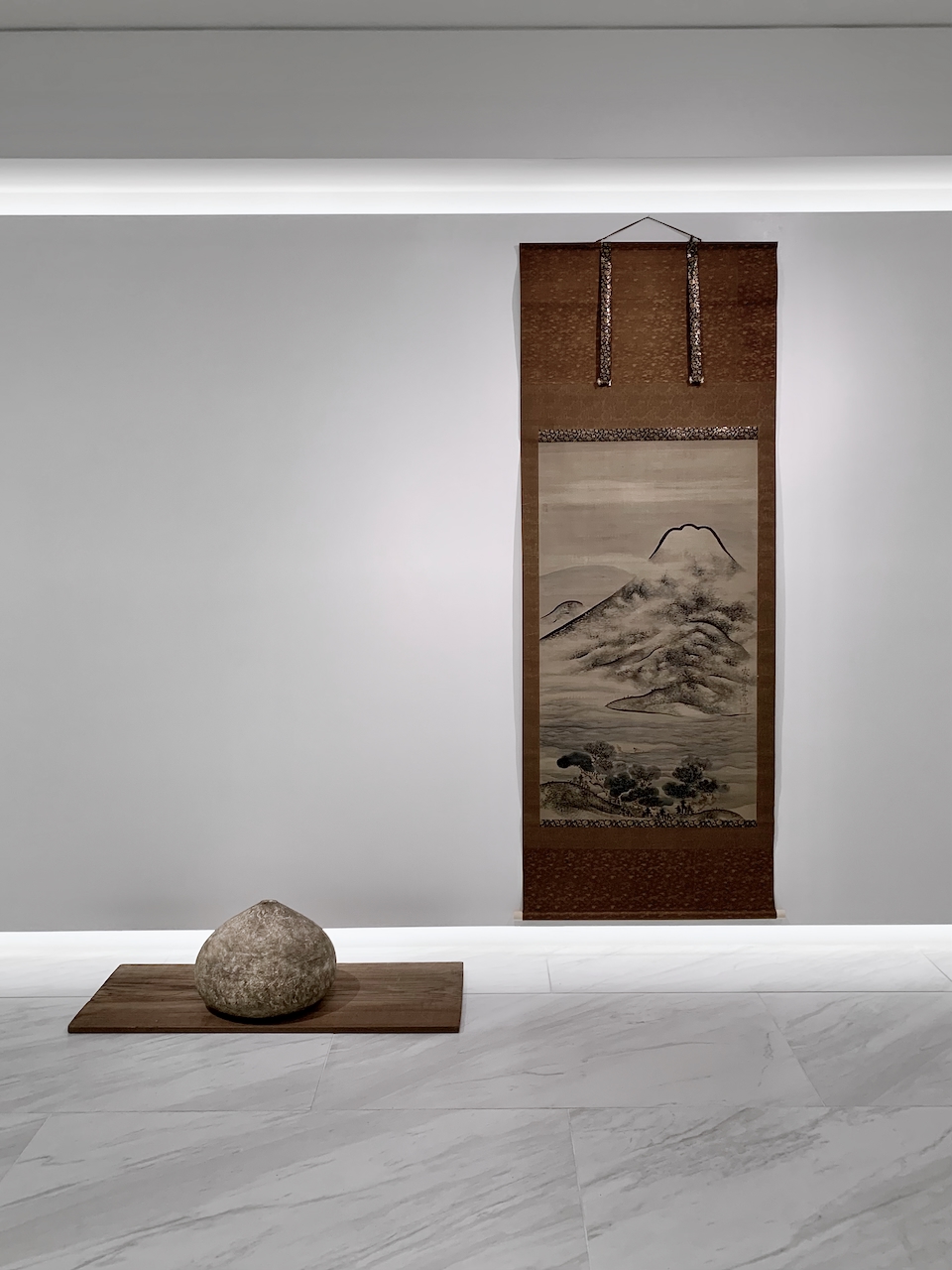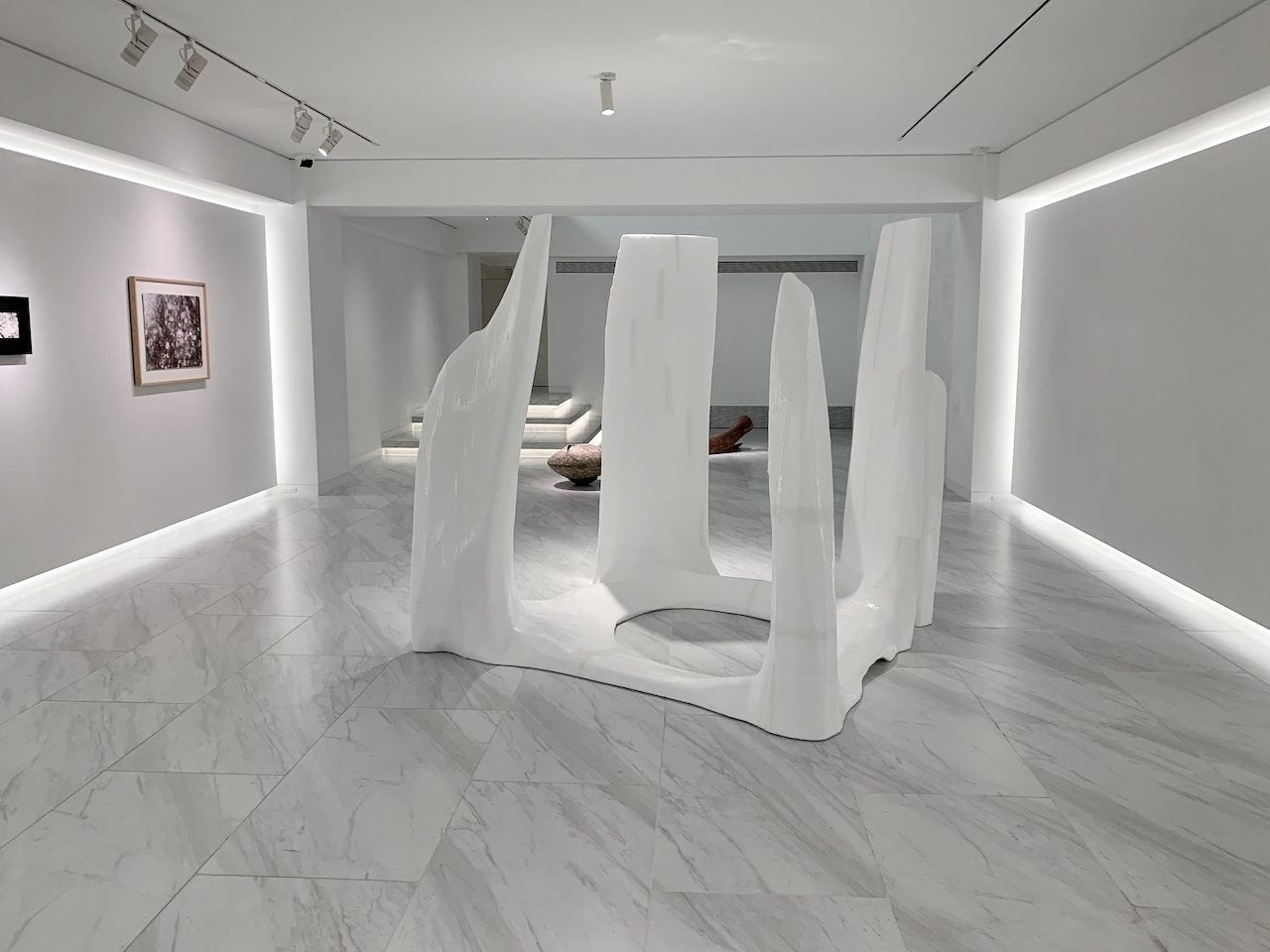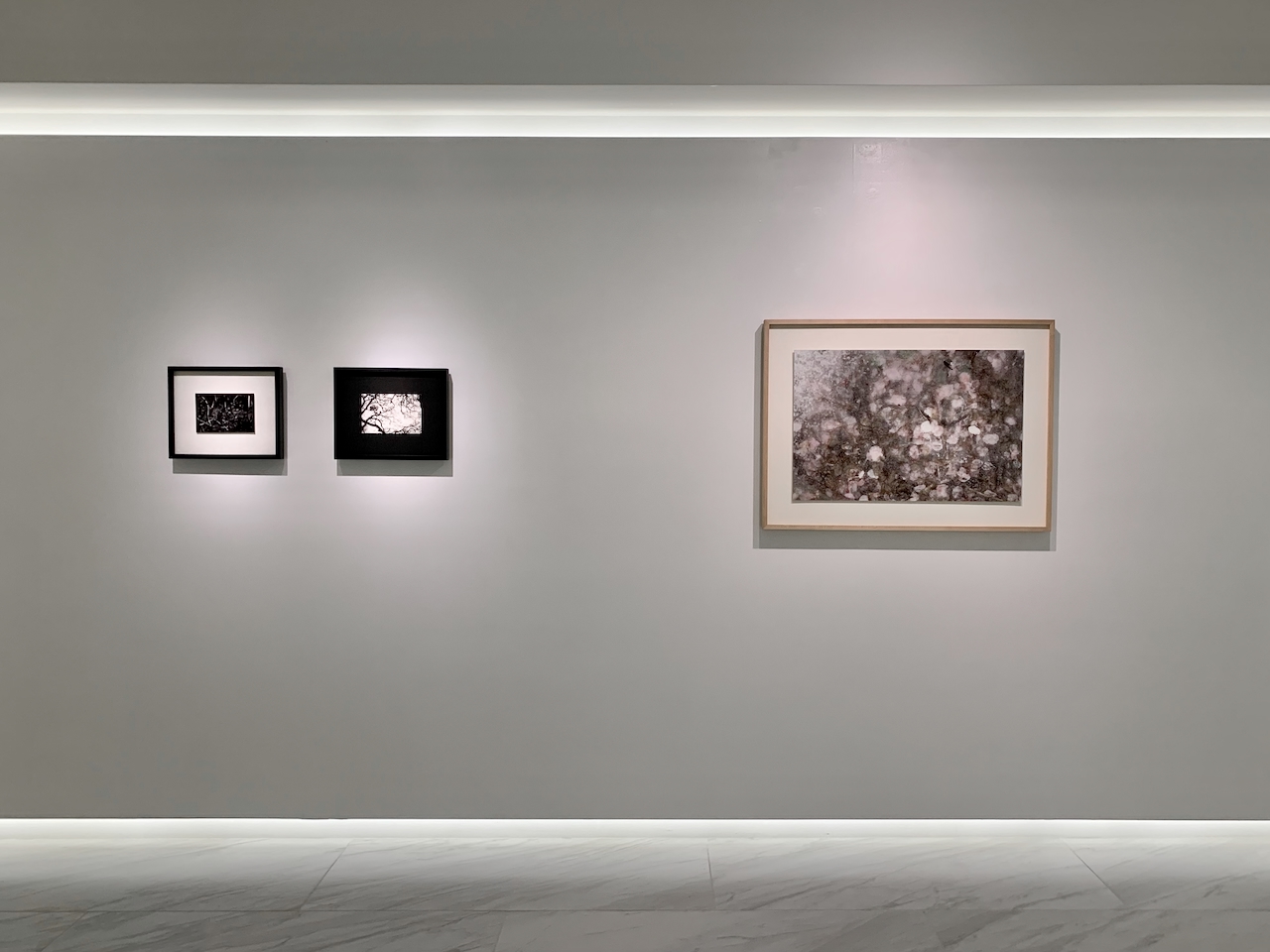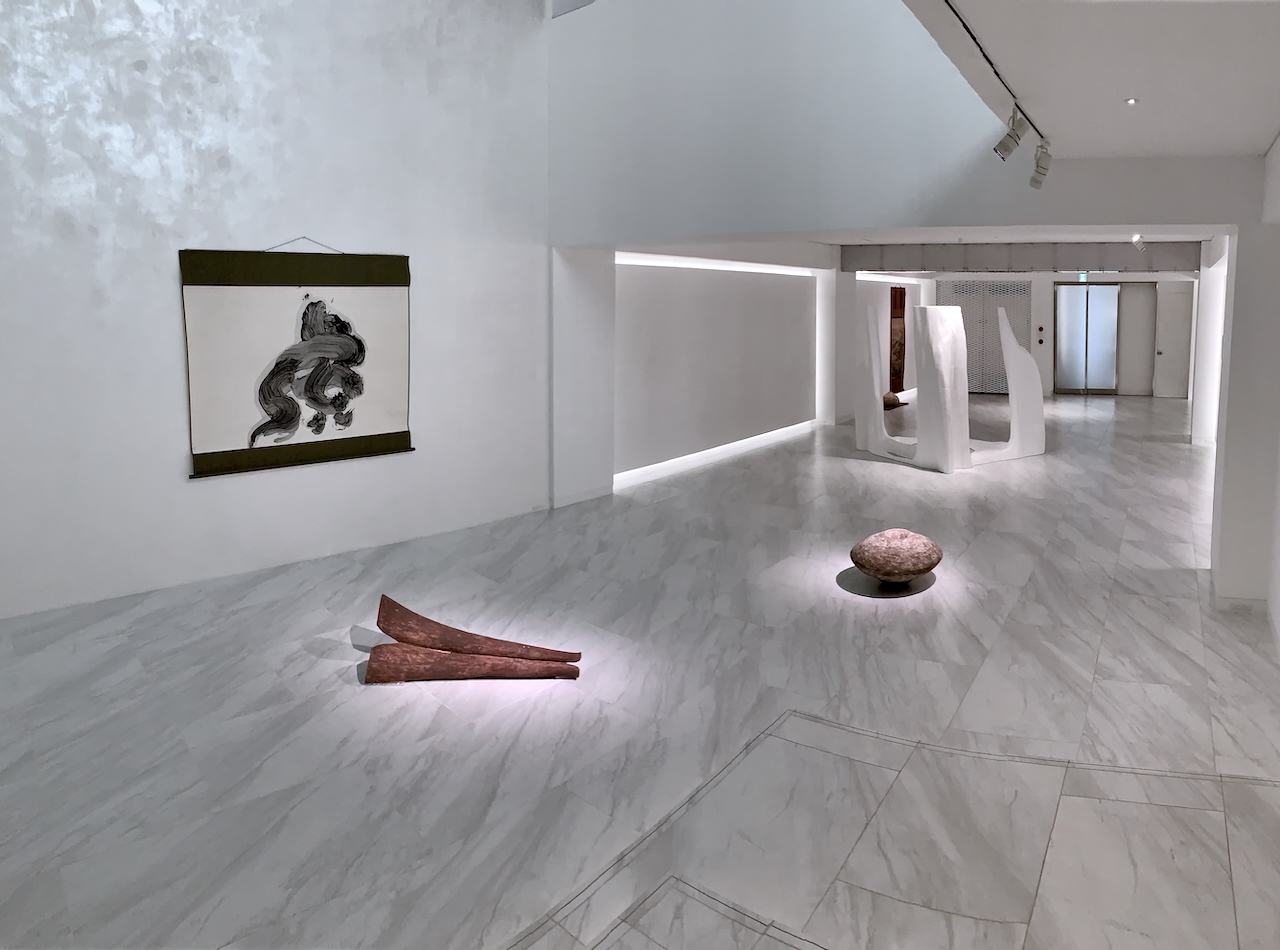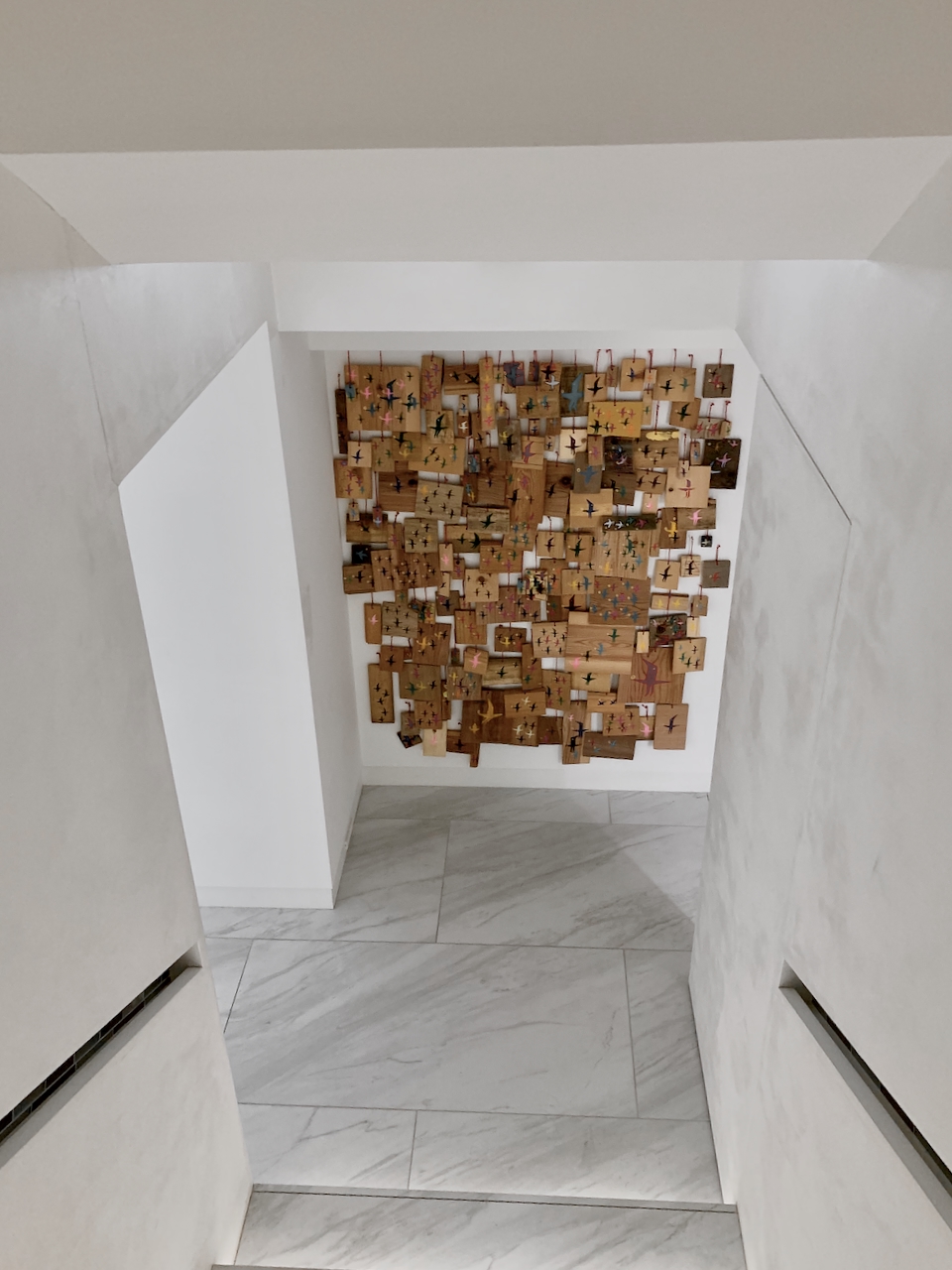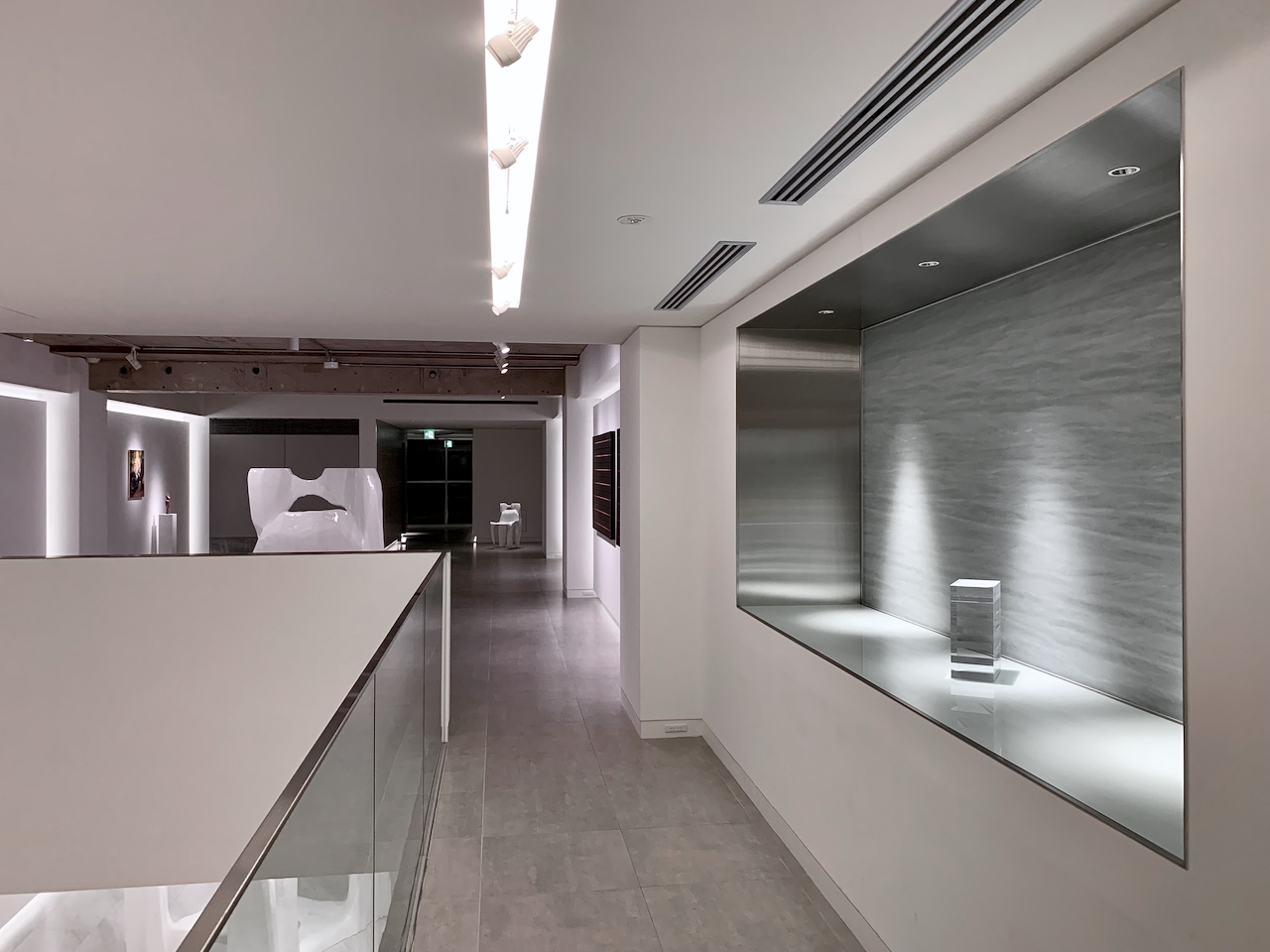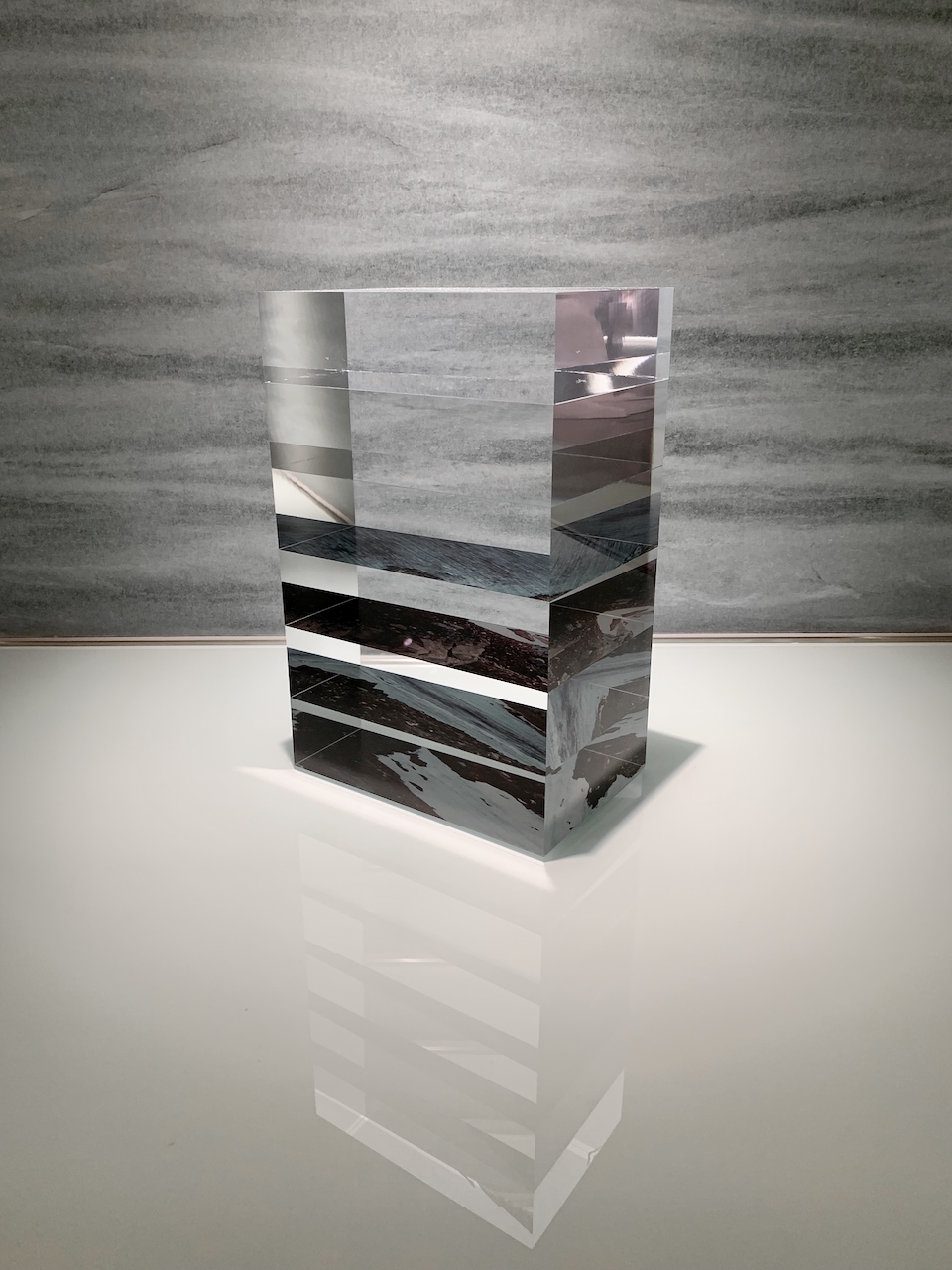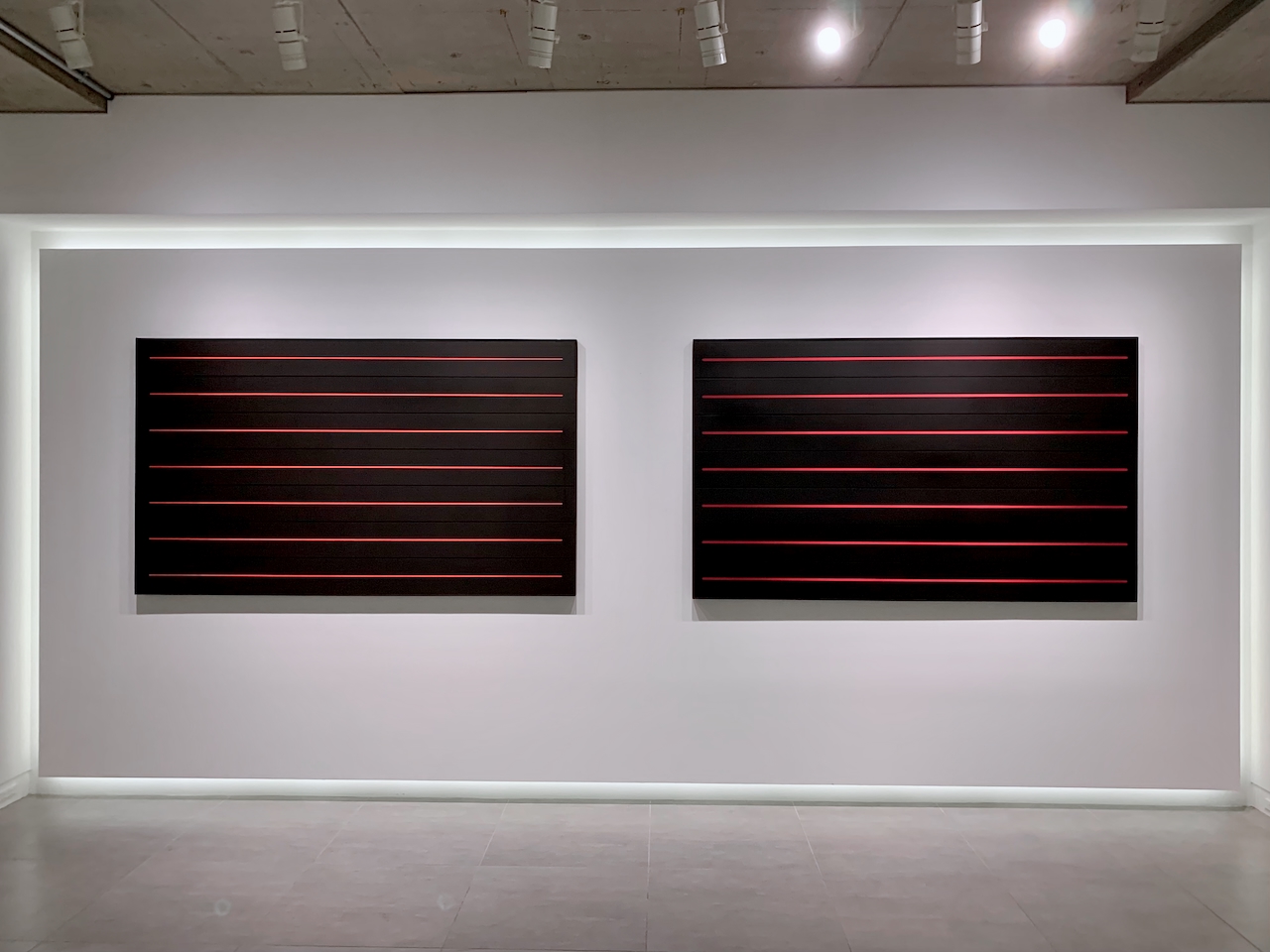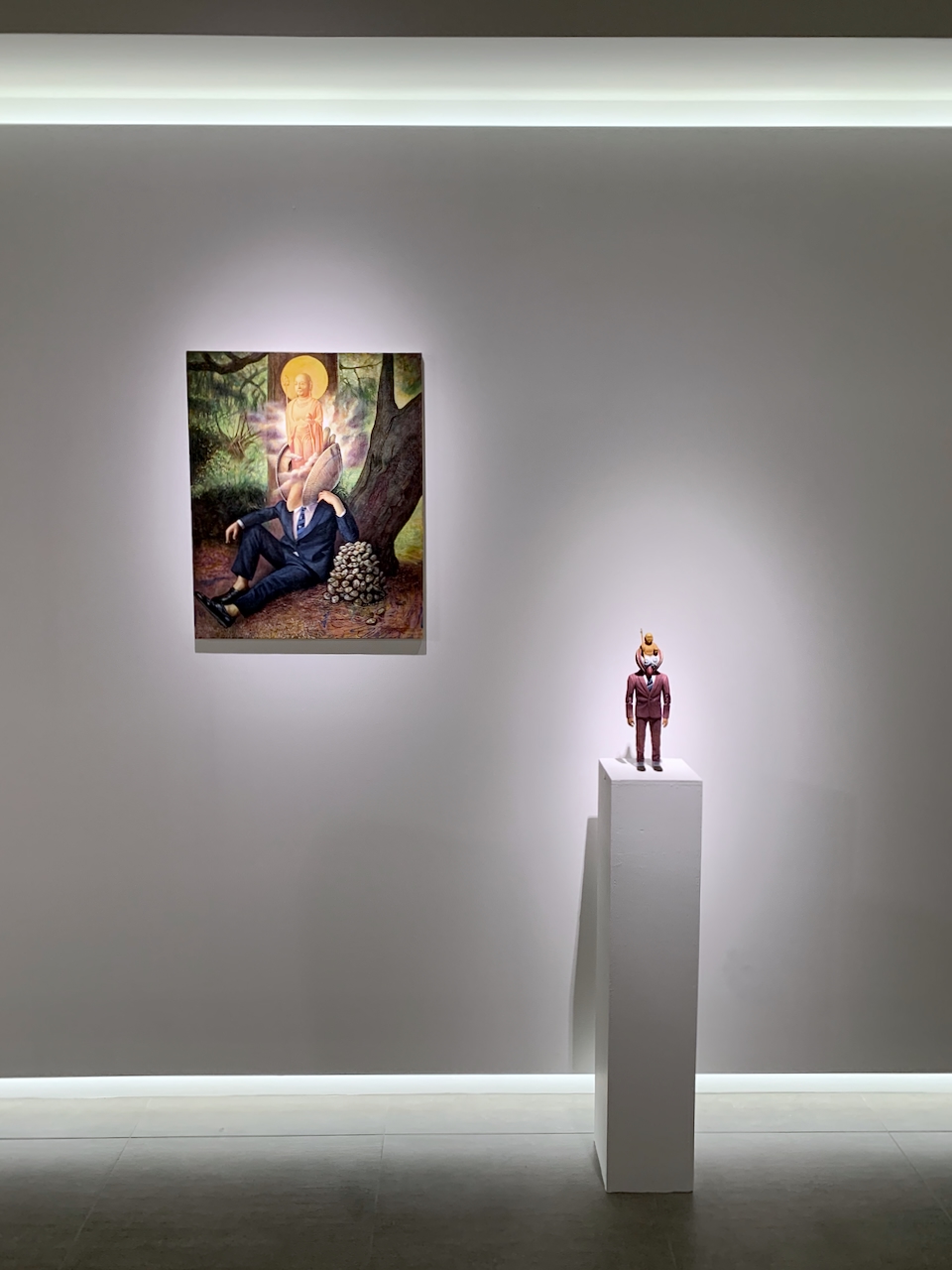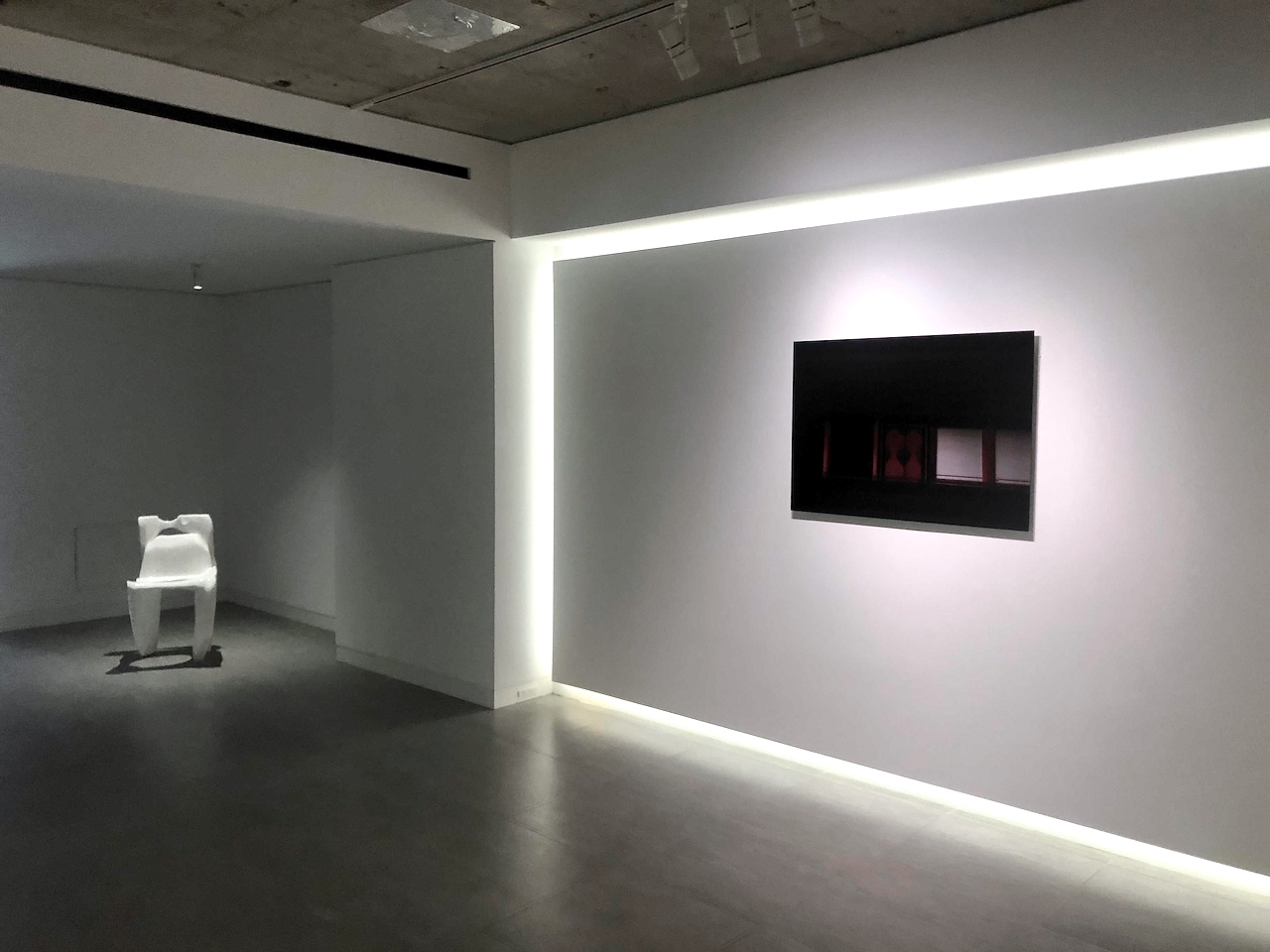

√K Collection Winter 2022
Dates|Jan 15 (Sat) to Feb 5 (Sat), 2022
*Closed on Sundays, Mondays & Public Holidays
Venue|√K Contemporary
Exhibiting Artists|Tomoaki Ichikawa, Tadashi Ito, Natsumi Tomita, Yuichi Inoue, Tomohiro Muda, Yuma Kishi, Ikeno Taiga, Kiyoshi Hamada, Kanji Yumisashi, Yuna Yagi
Commemorating the start of a new year, √K Contemporary’s opening display of 2022 is themed around spring and new, fruitful beginnings. Drawing the past together with the present, this edition of √K Contemporary’s collection show includes works by the 18th Japanese painting and calligraphy icon Ikeno Taiga, as well as new and emerging artists, such as Yuna Yagi and Yuma Kishi
IMAGES
-
1F Installation View. (From the left) Tadashi Ito, Ikeno Taiga
-
1F Installation View. (From the left) Tomohiro Muda, Yuma Kishi, Tadashi Ito
-
1F Installation View. Tomohiro Muda
-
1F Installation View. (From the left) Yuichi Inoue, Tadashi Ito, Yuma Kishi, Ikeno Taiga
-
1F Installation View. Kanji Yumisashi.
-
2F Installation View. (From the left) Tomoaki Ichikawa, Yuma Kishi, Kiyoshi Hamada, Yuna Yagi.
-
2F Installation View. Yuna Yagi.
-
2F Installation View. Kiyoshi Hamada.
-
2F Installation View. Tomoaki Ichikawa.
-
2F Installation View. (From the left) Yuma Kishi, Yuna Yagi.
ARTISTS
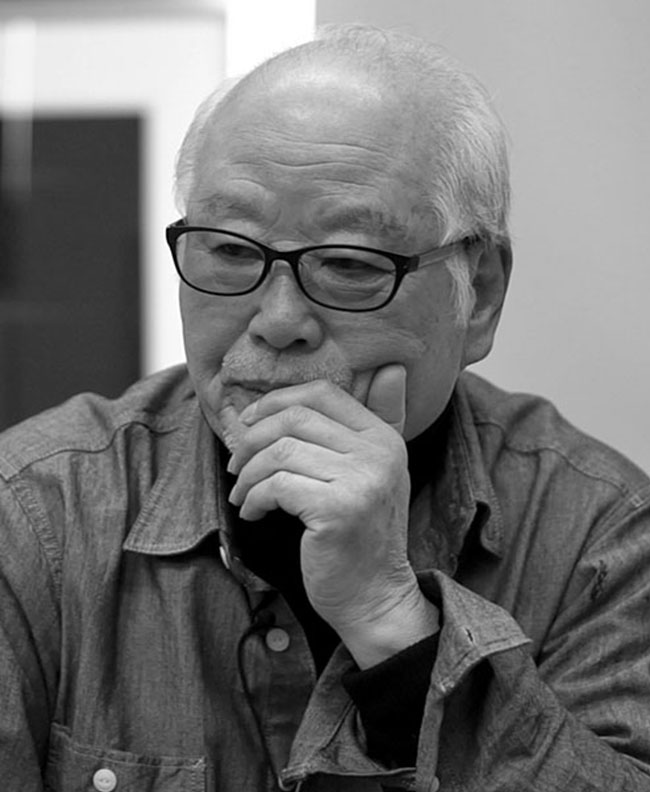
Born in 1937, Kochi, Japan.
Following graduation from Tama Art University in 1961, Hamada became acquainted with the great avant-garde artists of post-war Japan, such as Yoshishige Saito, and began pursuing abstract modes of expression. He was awarded an Honorable Mention at the Osaka Biennale of Prints Competition of 1977 and, with much acclaim, has been active in various domestic and international exhibitions. In 2015, his solo exhibition, “The Legacy of Kiyoshi Hamada – Paintings of Layering and Erasing”, was held at the Nerima Art Museum. Hamada’s works have shown and developed great promise over the years, and his works have been acquired by various museums, such as the National Museum of Modern Art, Tokyo (Japan), Museum of Contemporary Art, Tokyo (Japan), Artizon Museum (Tokyo, Japan) and the Kraków Museum of Art (Poland).

Born in 1937, Kochi, Japan.
Following graduation from Tama Art University in 1961, Hamada became acquainted with the great avant-garde artists of post-war Japan, such as Yoshishige Saito, and began pursuing abstract modes of expression. He was awarded an Honorable Mention at the Osaka Biennale of Prints Competition of 1977 and, with much acclaim, has been active in various domestic and international exhibitions. In 2015, his solo exhibition, “The Legacy of Kiyoshi Hamada – Paintings of Layering and Erasing”, was held at the Nerima Art Museum. Hamada’s works have shown and developed great promise over the years, and his works have been acquired by various museums, such as the National Museum of Modern Art, Tokyo (Japan), Museum of Contemporary Art, Tokyo (Japan), Artizon Museum (Tokyo, Japan) and the Kraków Museum of Art (Poland).
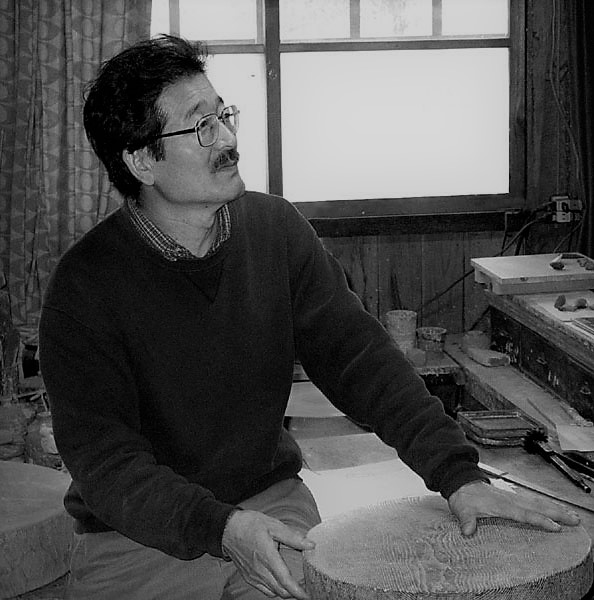
Tadashi Ito (伊藤 正 1952-) is a potter who currently works in Iwate prefecture.⠀
After earning his geology degree in university, Ito eventually returned to his hometown in Iwate and began creating works.
Using his native soil, which he digs with his two hands, his simple and elegant works render a powerful sense of nostalgia. Underlying the timeless aesthetic of his works, Ito’s organic way of production reveals his great affinity for nature.
Nostalgic yet profoundly other, his work possesses a harmonious polarity that grants then a world of their own.
Learn more, here.

Tadashi Ito (伊藤 正 1952-) is a potter who currently works in Iwate prefecture.⠀
After earning his geology degree in university, Ito eventually returned to his hometown in Iwate and began creating works.
Using his native soil, which he digs with his two hands, his simple and elegant works render a powerful sense of nostalgia. Underlying the timeless aesthetic of his works, Ito’s organic way of production reveals his great affinity for nature.
Nostalgic yet profoundly other, his work possesses a harmonious polarity that grants then a world of their own.
Learn more, here.
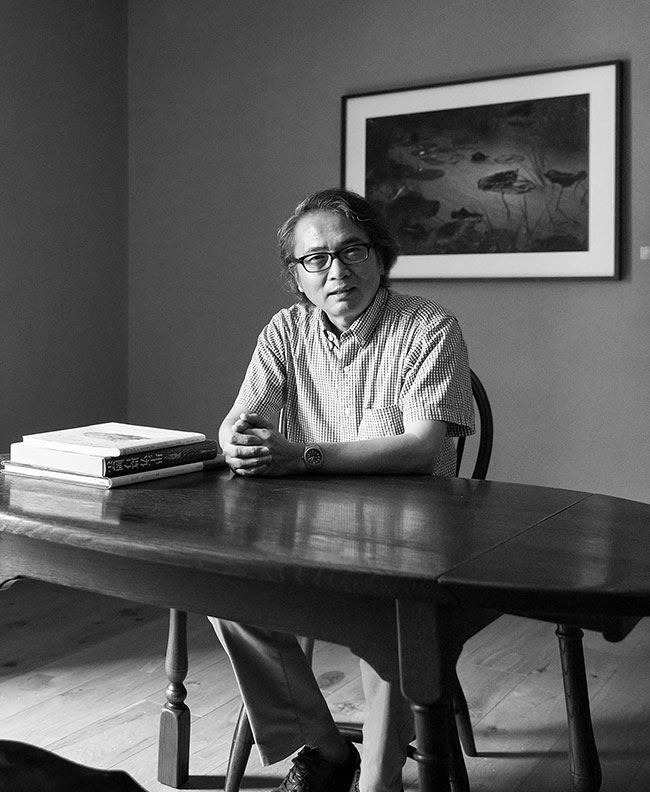
Muda was born 1956 in Nara Prefecture. He graduated from the Department of Education, Waseda University in 1980 and, in 1982, travels to Nepal to stay with and photograph life at the Himalayan Sherpa Village. In 1988, he presented his first solo exhibition, “The Land of Sherpa”. Since then, while exploring “the fundamental relationship between nature and the universe” in his work, Muda has photographed various subjects, from objects to people, landscapes, architecture, roads and stones and has exhibited these photographs in various exhibitions and publications. Muda’s oeuvre further encompasses themes of “prayer” and “time”, photographing Japanese art, such as Buddhist statues, as well as cultural property and antiques, such as Romanesque art and Buddhist archaeological sites in various sites in Asia, such as the Yungang Grottoes and Borobudur. His photographs have been exhibited, both, in Japan and abroad, and published in many photobooks.
Learn more, here.
For the official Tomohiro Muda website, see: www.muda-photo.com

Muda was born 1956 in Nara Prefecture. He graduated from the Department of Education, Waseda University in 1980 and, in 1982, travels to Nepal to stay with and photograph life at the Himalayan Sherpa Village. In 1988, he presented his first solo exhibition, “The Land of Sherpa”. Since then, while exploring “the fundamental relationship between nature and the universe” in his work, Muda has photographed various subjects, from objects to people, landscapes, architecture, roads and stones and has exhibited these photographs in various exhibitions and publications. Muda’s oeuvre further encompasses themes of “prayer” and “time”, photographing Japanese art, such as Buddhist statues, as well as cultural property and antiques, such as Romanesque art and Buddhist archaeological sites in various sites in Asia, such as the Yungang Grottoes and Borobudur. His photographs have been exhibited, both, in Japan and abroad, and published in many photobooks.
Learn more, here.
For the official Tomohiro Muda website, see: www.muda-photo.com
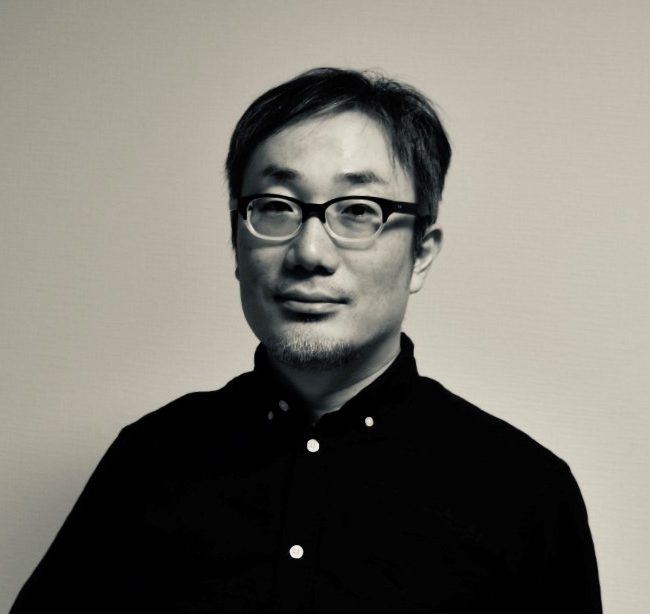
1977: Born in Chiba, Japan.
2002: Graduates with a BA in Oil Painting, at the Tokyo National University of Fine Arts & Music
2004: Graduates with an MA in Oil Painting, at the Tokyo National University of Fine Arts & Music
The multi-talented artist, Tomoaki Ichikawa is best known for his various, original paintings and wooden sculptures of his very own kaijin (monster) and animal characters. Amongst many solo exhibitions, Ichikawa has illustrated the beloved children’s book series, Oroshite Kudasai and Occult Tantei Yoshida no Jitsuwa Kaidan.
TW: @1cyome
Learn more, here.

1977: Born in Chiba, Japan.
2002: Graduates with a BA in Oil Painting, at the Tokyo National University of Fine Arts & Music
2004: Graduates with an MA in Oil Painting, at the Tokyo National University of Fine Arts & Music
The multi-talented artist, Tomoaki Ichikawa is best known for his various, original paintings and wooden sculptures of his very own kaijin (monster) and animal characters. Amongst many solo exhibitions, Ichikawa has illustrated the beloved children’s book series, Oroshite Kudasai and Occult Tantei Yoshida no Jitsuwa Kaidan.
TW: @1cyome
Learn more, here.
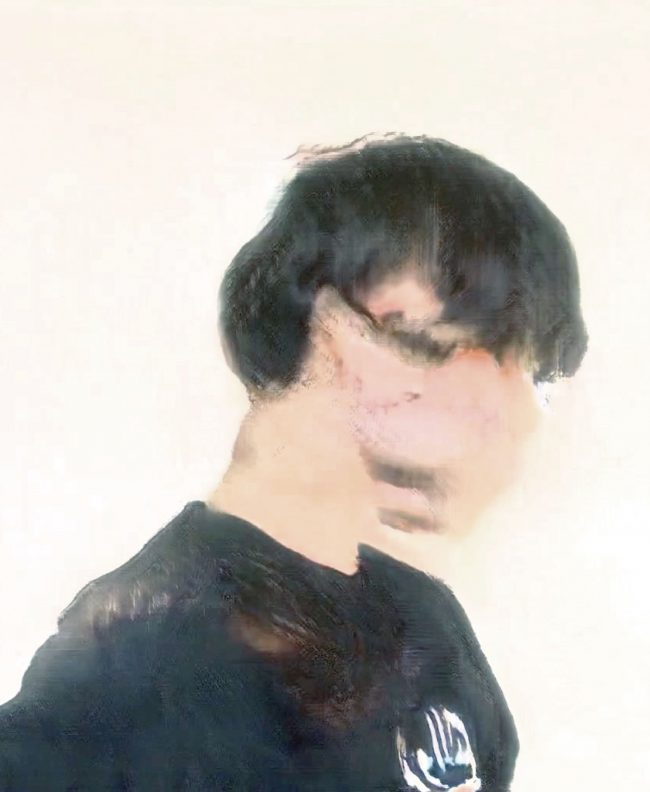
Artist HP| https://obake2ai.com/top

Artist HP| https://obake2ai.com/top
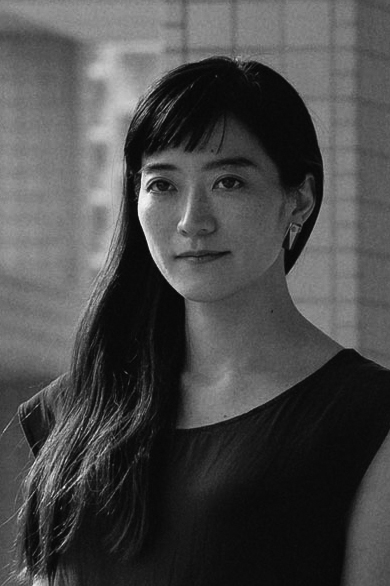
Visual Composite Artist
In 2004, Yuna Yagi graduated from New York Parsons School of Architecture. After working for Shigeru Ban Architects New York, she moved to Berlin in 2007, and then moved back to Kyoto in 2010.
Yagi pursues the truth of things through the experience of “seeing.” She utilizes the photographic medium to create works or installations that focus on vision and phenomena. In recent years, she has created a series of a three-dimensional works, titled “It’s One World” (2015), where photos are bound in acrylic blocks, and a “Collapsing World” (2016), which applies algorithms to photos and distorts images. Her formally and conceptually diverse ouerve includes, “Space For Prayer” (2017), a work that addresses Japanese attitudes towards life and death through Japanese funeral halls, and “BLANC / BLACK” (2019), which focuses on the theme of light and shadow. Yagi was an invited artist at the Paris International Contemporary Photography Art Fair, FOTOFEVER (2017) and was nominated for the Eberhaard Awards in 2019. In 2018, her solo exhibition “NOWHERE” was held at the Pola Museum Annex Ginza, where she displayed her most significant works.
Learn more, here.

Visual Composite Artist
In 2004, Yuna Yagi graduated from New York Parsons School of Architecture. After working for Shigeru Ban Architects New York, she moved to Berlin in 2007, and then moved back to Kyoto in 2010.
Yagi pursues the truth of things through the experience of “seeing.” She utilizes the photographic medium to create works or installations that focus on vision and phenomena. In recent years, she has created a series of a three-dimensional works, titled “It’s One World” (2015), where photos are bound in acrylic blocks, and a “Collapsing World” (2016), which applies algorithms to photos and distorts images. Her formally and conceptually diverse ouerve includes, “Space For Prayer” (2017), a work that addresses Japanese attitudes towards life and death through Japanese funeral halls, and “BLANC / BLACK” (2019), which focuses on the theme of light and shadow. Yagi was an invited artist at the Paris International Contemporary Photography Art Fair, FOTOFEVER (2017) and was nominated for the Eberhaard Awards in 2019. In 2018, her solo exhibition “NOWHERE” was held at the Pola Museum Annex Ginza, where she displayed her most significant works.
Learn more, here.
Kanji Yumisahi was born in 1986, Mie prefecture. He became of the first students to ever attend Genron Chaos* Lounge’s New Art School and was awarded Gold Prize at the Genron Chaos*Lounge New Art School Achievement Exhibition, First Premise First Press. Since the production of his masterpiece, Banka (2016), which addressed his mother’s suicide, he has continued to touch upon themes of death and mourning within his work. In 2018, he was awarded The 21st Exhibition of the Taro Okamoto Award for Contemporary Art’s Toshiko Okamoto Award for his work, A Memorial Service for O, which addressed the 1980s phenomenon spurred by the suicide of a certain pop idol. In 2019, he agreed to participate in the Aichi Triennale. In the same year, he curated a solo exhibition based on his research in Okayama, which traced an eccentric female character from the essayist Akira Suei’s autobiographic work, “Dynamite Graffiti” in Okayama. Major solo exhibitions include Taro went to the battle field (Taro Okamoto Memorial Museum, Tokyo, 2019), Mermaid in April (Genron Chaos*Lounge Gotanda Atelier, Tokyo, 2018) and more.
Translated from the Bijutsu Techo website.
Kanji Yumisahi was born in 1986, Mie prefecture. He became of the first students to ever attend Genron Chaos* Lounge’s New Art School and was awarded Gold Prize at the Genron Chaos*Lounge New Art School Achievement Exhibition, First Premise First Press. Since the production of his masterpiece, Banka (2016), which addressed his mother’s suicide, he has continued to touch upon themes of death and mourning within his work. In 2018, he was awarded The 21st Exhibition of the Taro Okamoto Award for Contemporary Art’s Toshiko Okamoto Award for his work, A Memorial Service for O, which addressed the 1980s phenomenon spurred by the suicide of a certain pop idol. In 2019, he agreed to participate in the Aichi Triennale. In the same year, he curated a solo exhibition based on his research in Okayama, which traced an eccentric female character from the essayist Akira Suei’s autobiographic work, “Dynamite Graffiti” in Okayama. Major solo exhibitions include Taro went to the battle field (Taro Okamoto Memorial Museum, Tokyo, 2019), Mermaid in April (Genron Chaos*Lounge Gotanda Atelier, Tokyo, 2018) and more.
Translated from the Bijutsu Techo website.


